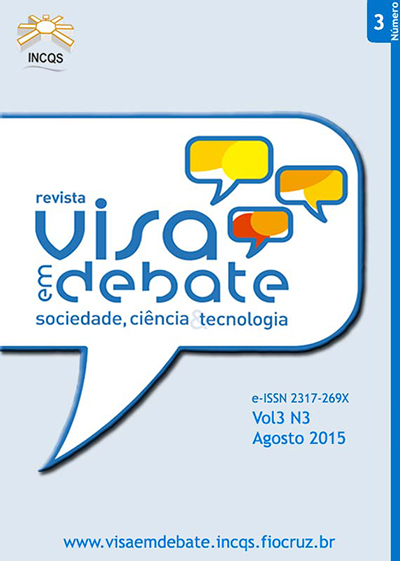Occurrence of polyether ionophore residues in UHT milk marketed in the metropolitan region of Rio de Janeiro
DOI:
https://doi.org/10.3395/2317-269x.00279Keywords:
Veterinary Drug Residues, Anticoccidials, Milk, Polyether Ionophores, AntibioticsAbstract
Polyether ionophore antibiotics are used in cattle to promote growth, to increase milk production in lactating cows, and to prevent and treat coccidiosis. In Brazil, lasalocid and monensin are the two polyether ionophores that are allowed as antimicrobial additives in cattle and dairy cow feed. However, there are few methods for determining the residues of these additives in milk, and no monitoring data are available in Brazil. These residues are not yet included in the residue control programs in the milk matrix implemented by the National Sanitary Surveillance Agency and the Ministry of Agriculture, Livestock and Supply. The present study aimed to evaluate the occurrence of 6 polyether ionophores in UHT milk using an analytical method developed and validated by the National Institute for Quality Control in Health. The method was applied to 102 samples of whole UHT milk marketed in the metropolitan region of Rio de Janeiro. In the analyzed samples, only residues of the antibiotic monensin were found. The residues were detected in 14% of the samples; however, the estimated concentrations were well below the maximum residue limit of 2 µg/kg recommended by the Codex Alimentarius and the European Community.Downloads
Downloads
Published
Issue
Section
License
Copyright (c) 2015 Health Surveillance under Debate: Society, Science & Technology (Vigilância Sanitária em Debate: Sociedade, Ciência & Tecnología) – “Visa em Debate”

This work is licensed under a Creative Commons Attribution-NonCommercial-NoDerivatives 4.0 International License.
COPYRIGHT ALLOWANCE The author (s) hereinafter designated as the ASSIGNOR hereby assign and transfer, free of charge, the ownership of the copyrights related to this ARTICLE to the Vigilância Sanitária em Debate: Sociedade, Ciência & Tecnologia (Health Surveillance under Debate: Society, Science & Technology) – Visa em Debate, represented by FUNDAÇÃO OSWALDO CRUZ, established at Av. Brasil, nº 4365, Manguinhos, Rio de Janeiro, RJ, Brazil, CEP 21045-900, under the conditions set out below: (a) The terms and conditions set forth in this Agreement shall apply to the following: 1. The ASSIGNOR declares that they s(he) is (are) the author (s) and owner (s) of the copyrighted property of the ARTICLE submitted. 2. The ASSIGNOR declares that the ARTICLE does not infringe the copyrights and / or other property rights of third parties, that the disclosure of images (if any) has been authorized and that they s(he) assume(s) full moral and / or property liability for its content, before third parties. 3. THE ASSIGNOR assigns and transfers all copyrights relating to the ARTICLE to the ASSIGNEE, especially the rights of editing, publication, translation into another language and reproduction by any process or technique. The ASSIGNEE becomes the exclusive owner of the rights related to the ARTICLE, and any reproduction, totally or partially, is prohibited in any other means of publicity, printed or electronic, without prior written authorization from the ASSIGNEE. 4. The assignment is free and, therefore, there will be no remuneration for the use of the ARTICLE by the ASSIGNEE.







